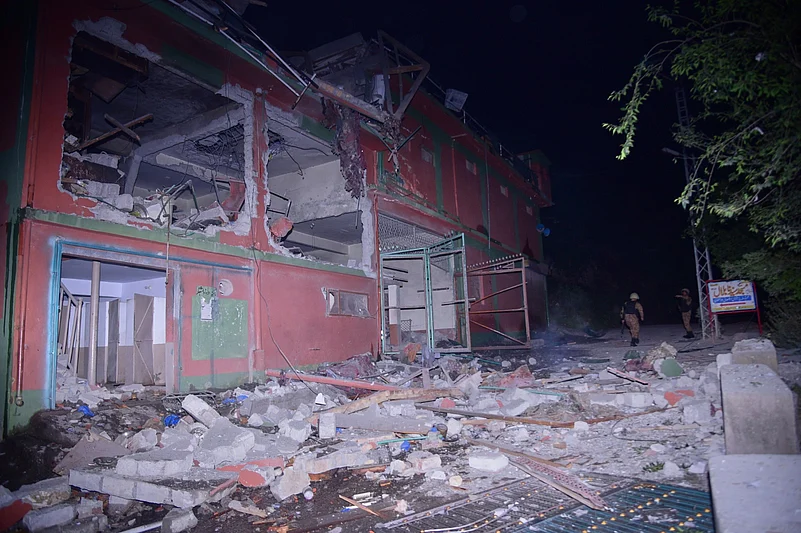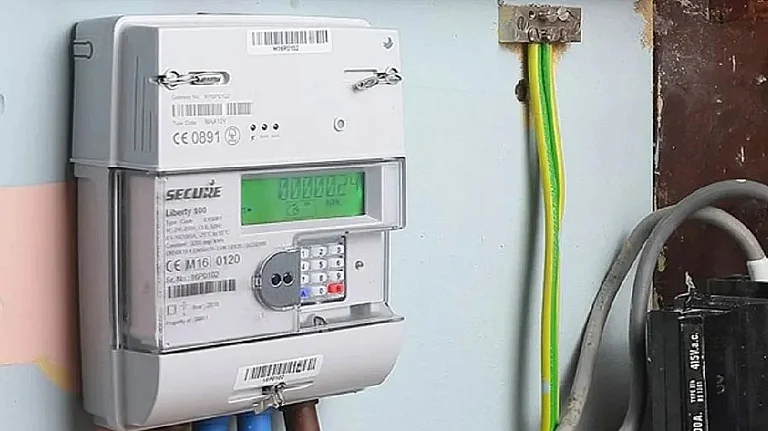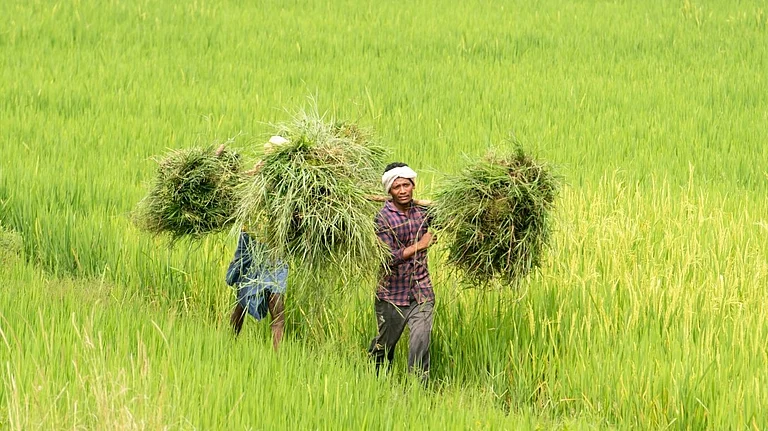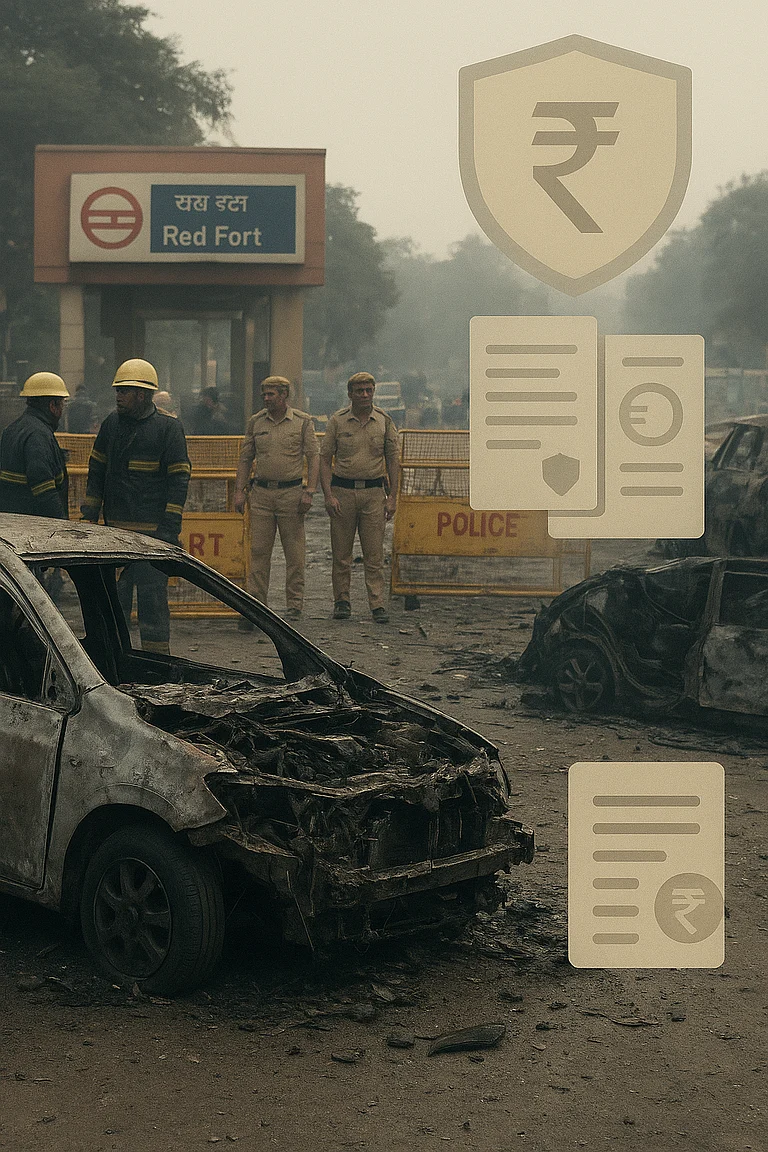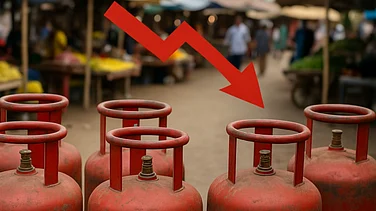In response to the brutal terrorist attack in Jammu and Kashmir’s Pahalgam, the Indian Armed Forces launched ‘Operation Sindoor’ at the stroke of midnight, striking terrorist infrastructure in Pakistan and Pakistan-occupied Jammu and Kashmir, the Indian Defence Minister said in a statement around 2 a.m. on May 7. These were locations from where terror attacks against India have been planned and directed, it noted.
Later, Pakistan’s Deputy Prime Minister and Foreign Minister, Muhammad Ishaq Dar, in his statement identified some of the targeted locations—including Muridke, Bahawalpur, Kotli, and Muzaffarabad—along with five other sites in Pakistan-occupied Jammu and Kashmir.
He also claimed that eight "civilians" were killed and 35 others injured in the Indian strikes, with the highest number of casualties reported in the city of Ahmedpur East, located in Bahawalpur district.
Why Were These Nine Sites Targeted?
Reports say that India, over the years, has identified several of these districts in Pakistan as training grounds for banned terror groups Jaish-e-Mohammed (JeM), Lashkar-e-Taiba (LeT), and Hizbul Mujahideen.
According to a PTI report citing officials, the Indian Air Force carried out precision strikes on key locations such as Markaz Subhan Allah in Bahawalpur, Sarjal in Tehra Kalan, Markaz Abbas in Kotli, and the Syedna Bilal camp in Muzaffarabad—all associated with Jaish-e-Mohammed.
For Lashkar-e-Taiba, targets included Markaz Taiba in Muridke, Markaz Ahle Hadith in Barnala, and the Shwawai Nalla camp in Muzaffarabad. Camps linked to Hizbul Mujahideen included Makaz Raheel Shahid in Kotli and Mehmoona Joya in Sialkot.
The report also said that the Pakistani Army and ISI, with support from the Special Services Group (SSG), were actively involved in providing logistical support and training to terrorists at these sites.
Bahawalpur (Punjab, Pakistan)
Bahawalpur is home to the headquarters of Jaish-e-Mohammed. Reports describe it as a 6.5-acre walled compound with facilities for religious indoctrination and military-style training. It includes a madrassa and serves as a rest and recuperation centre for jihadists. JeM is known to infiltrate operatives into Jammu and Kashmir and has reportedly collaborated with groups like the Taliban for joint operations. Operational since 2015, this facility has been linked to the planning of major attacks, including the Pulwama bombing on 14 February 2019. The site houses the residences of JeM chief Maulana Masood Azhar, de facto leader Mufti Abdul Rauf Asghar, Maulana Ammar, and other close relatives. Masood Azhar has frequently used the centre to deliver anti-India speeches, urging youth to join Islamic jihad.
Markaz Taiba, Muridke
Located in Nangal Sahdan near Muridke (Sheikhupura, Punjab), this facility was reportedly established in 2000 and is considered Lashkar-e-Taiba’s (LeT) primary training and ideological hub. It reportedly admits hundreds of recruits annually, offering both religious instruction and arms training. The complex includes a mosque and guest accommodations, reportedly funded in part by Osama bin Laden. Several individuals linked to the 2008 Mumbai attacks, including Ajmal Kasab, are known to have trained here.
Sarjal / Tehra Kalan
This Jaish-e-Mohammed (JeM) launch site is based in Tehra Kalan village, within Shakargarh Tehsil of Narowal District in Punjab, Pakistan. Operating from a local public health facility (PHC), it lies roughly 6 km from the international border opposite the Samba sector in Jammu and Kashmir. The site is used for digging infiltration tunnels, coordinating drone activities, and smuggling weapons and narcotics.
Mehmoona Joya Facility, Sialkot
Located in the Head Marala area of Sialkot District, this Hizbul Mujahideen base is situated within the premises of the Bhutta Kotli Government Basic Health Unit. It functions as a forward base for infiltrating militants into Jammu. Recruits are trained in firearms handling and guerrilla tactics. Commanded by Mohammad Irfan Khan (alias “Irfan Tanda”), the facility typically hosts 20–25 militants and has been linked to several attacks in the Jammu region.
Markaz Ahle Hadith, Barnala (Bhimber District)
Situated along Kote Jamel Road on the outskirts of Barnala in Pakistan-occupied Kashmir, this Lashkar-e-Taiba centre is a key site for cross-border movements. It accommodates around 100–150 militants and serves as a logistical base for operations targeting the Poonch, Rajouri, and Reasi regions.
Markaz Abbas, Kotli
Also referred to as Markaz Saidna Hazrat Abbas Bin Abdul Mutalib, this Jaish-e-Mohammed installation is managed by Hafiz Abdul Shakoor (aka Qari Zarrar), a member of the group’s shura and a close associate of Mufti Abdul Rauf Asghar. The site can accommodate up to 125 militants and is regularly used for planning and launching infiltration missions into the Poonch–Rajouri belt. India’s National Investigation Agency (NIA) has listed Qari Zarrar as a wanted individual.
Maskar Raheel Shahid, Kotli
One of the longest-operating Hizbul Mujahideen camps in Pakistan-occupied Jammu and Kashmir (PoJK), this facility is designed to house 150–200 trainees. The camp specialises in weapons training, sniper operations, Border Action Team (BAT) tactics, and survival techniques suited for rugged terrain.
Shawai Nallah Camp, Muzaffarabad
Located near the Chelabandi Bridge along the Muzaffarabad–Neelum highway, this Lashkar-e-Taiba camp—also known as Bait-ul-Mujahideen—has been functional since the early 2000s. It serves as both a training and operational staging ground for missions in North Kashmir. The centre offers indoctrination, physical training, GPS navigation, and weapons handling.
Markaz Syedna Bilal, Muzaffarabad
Positioned across from the Red Fort in Muzaffarabad, this JeM installation acts as a transit point for operatives ahead of their infiltration into Jammu and Kashmir. Typically housing between 50 and 100 militants, the camp is headed by Mufti Asghar Khan Kashmiri. High-profile militants, including Indian fugitive Aashiq Nengroo and JeM commander Abdullah Jehadi (“Abdullah Kashmiri”), are believed to operate from this location. The facility also receives tactical support and training from Pakistan Army’s Special Services Group (SSG).






